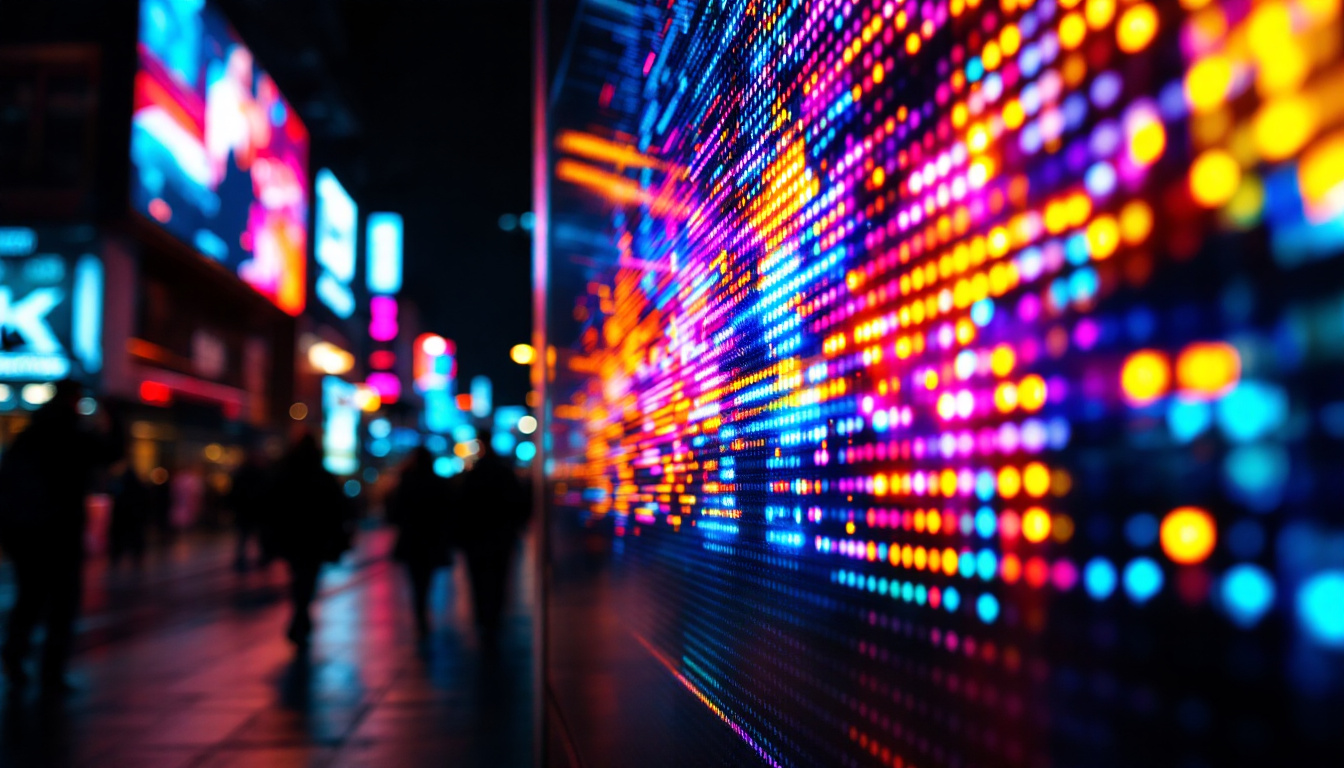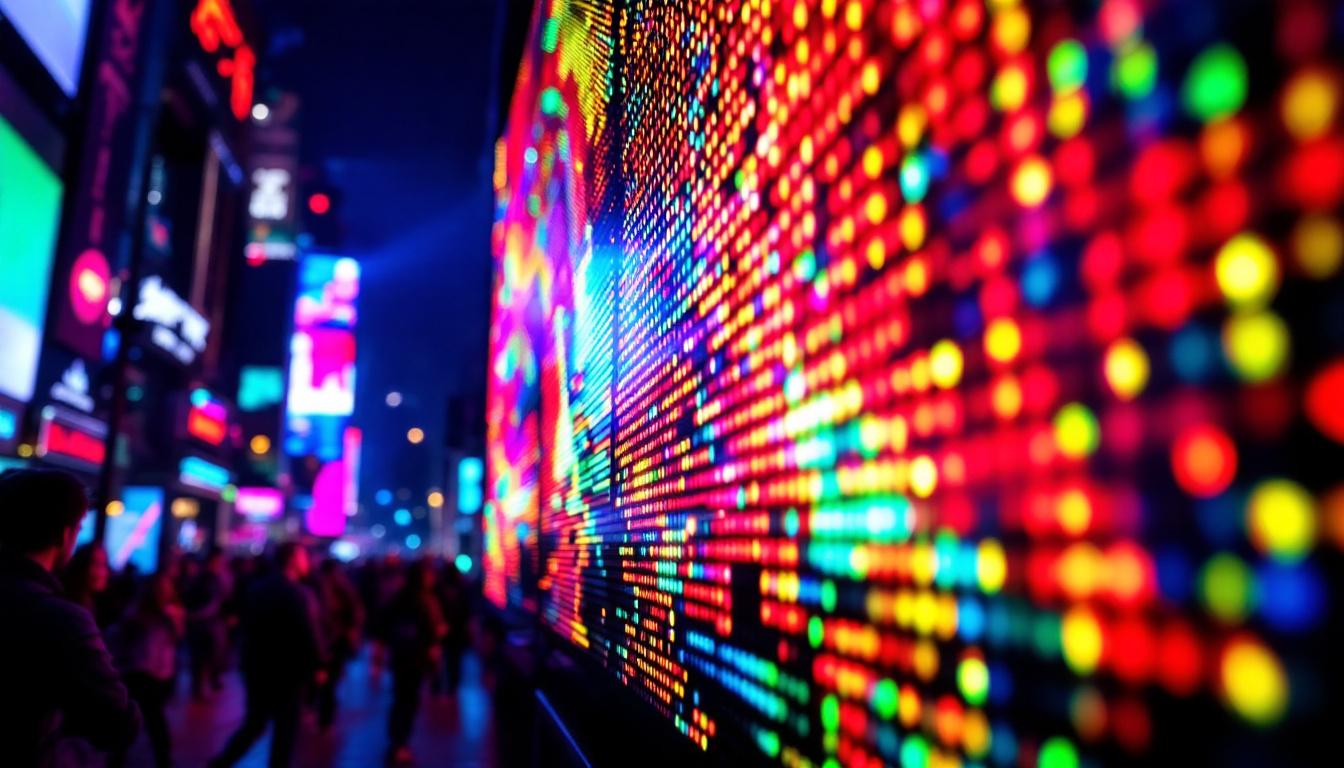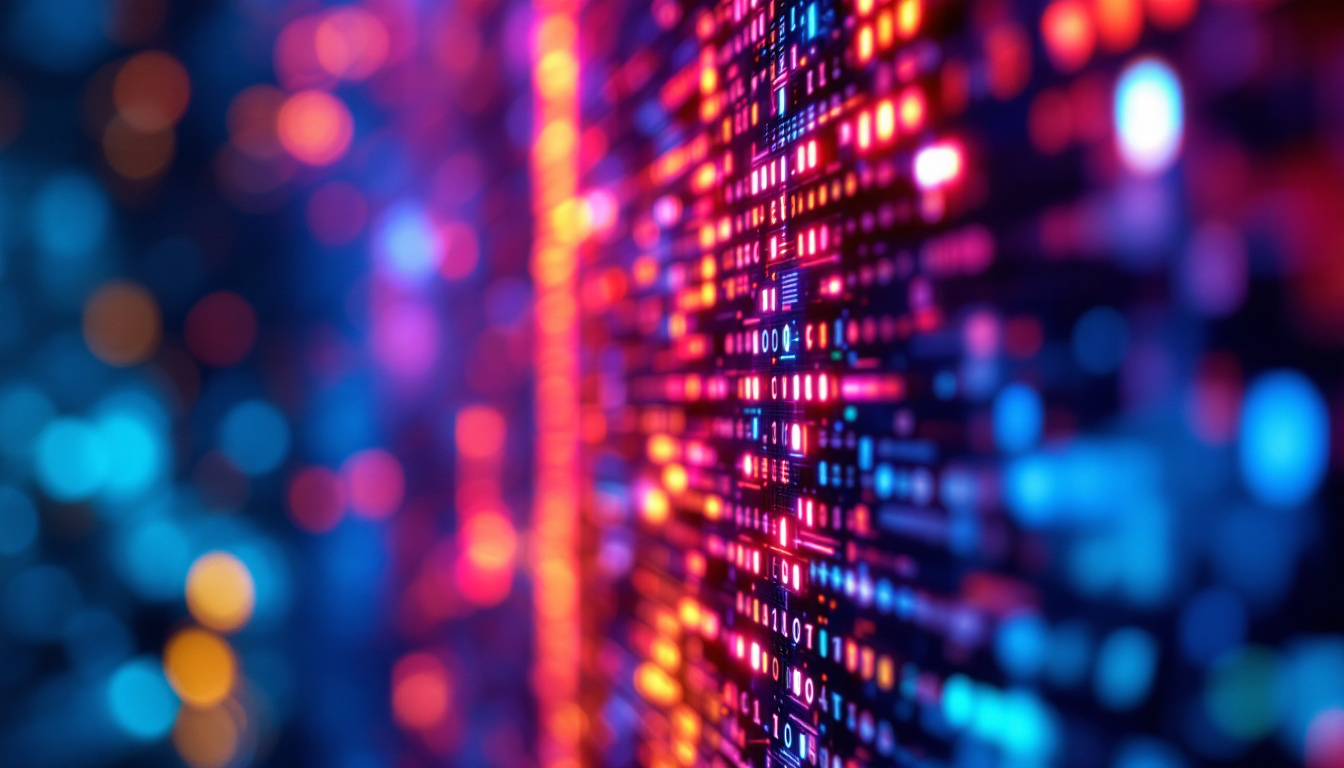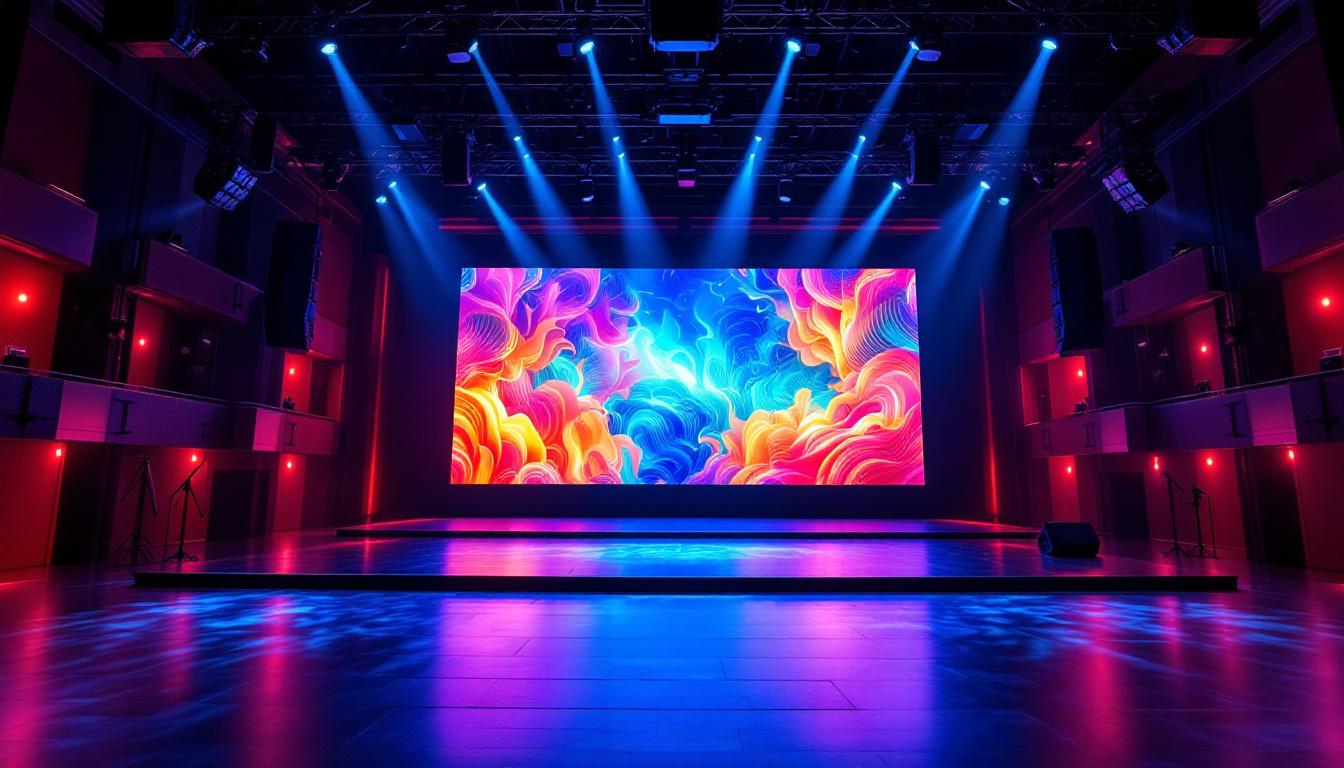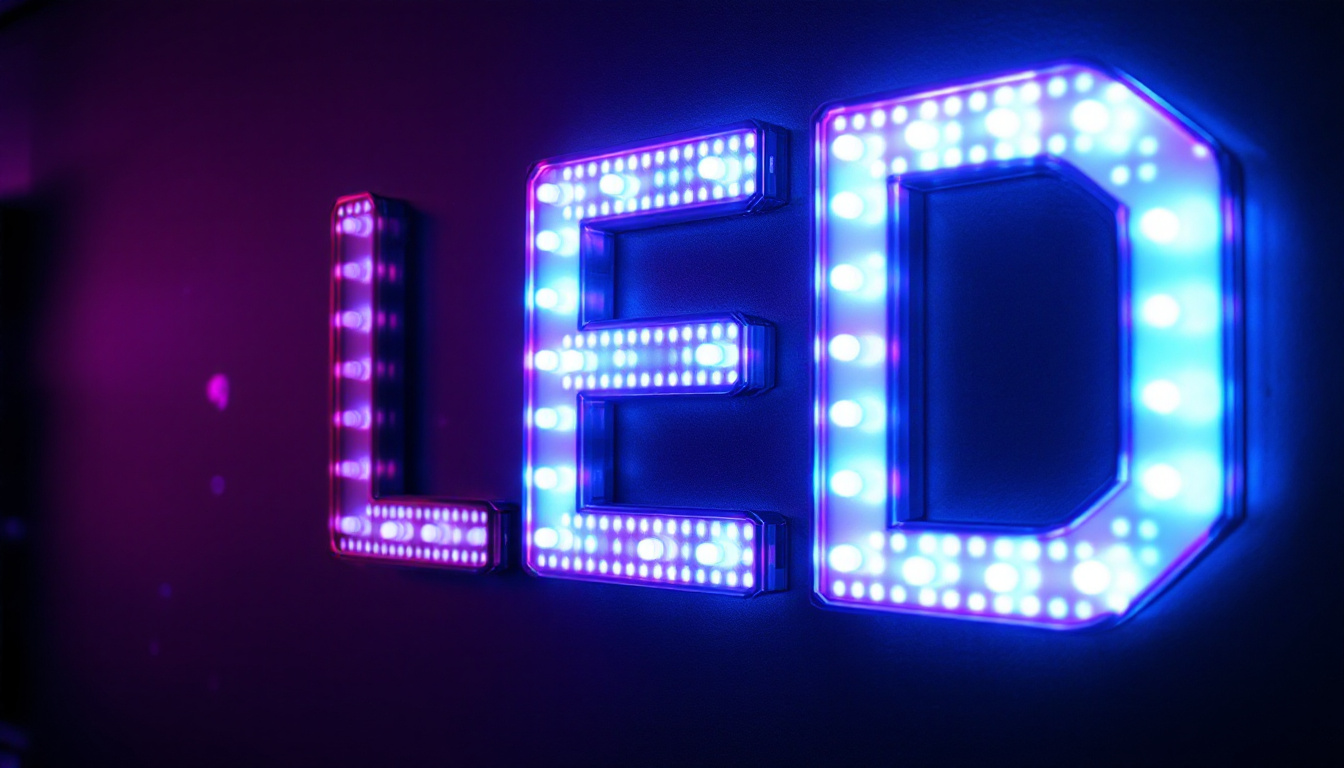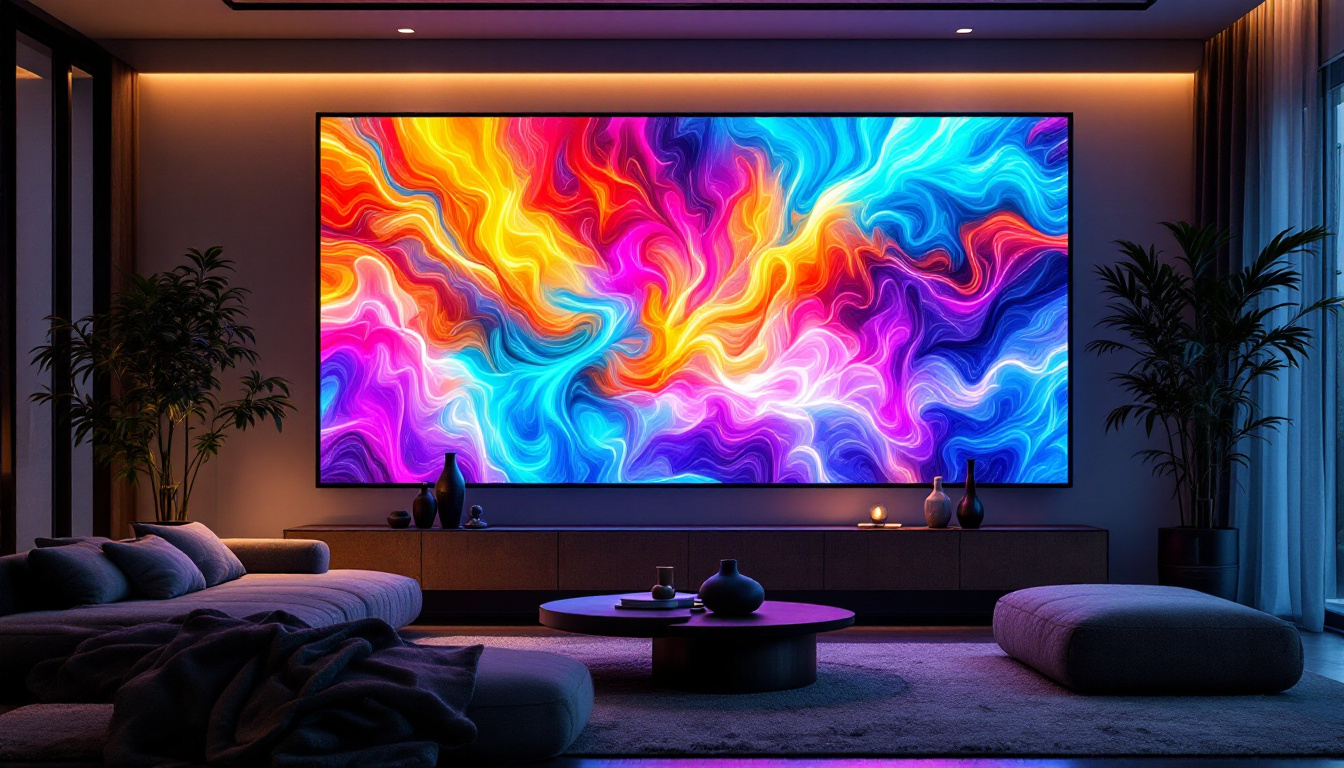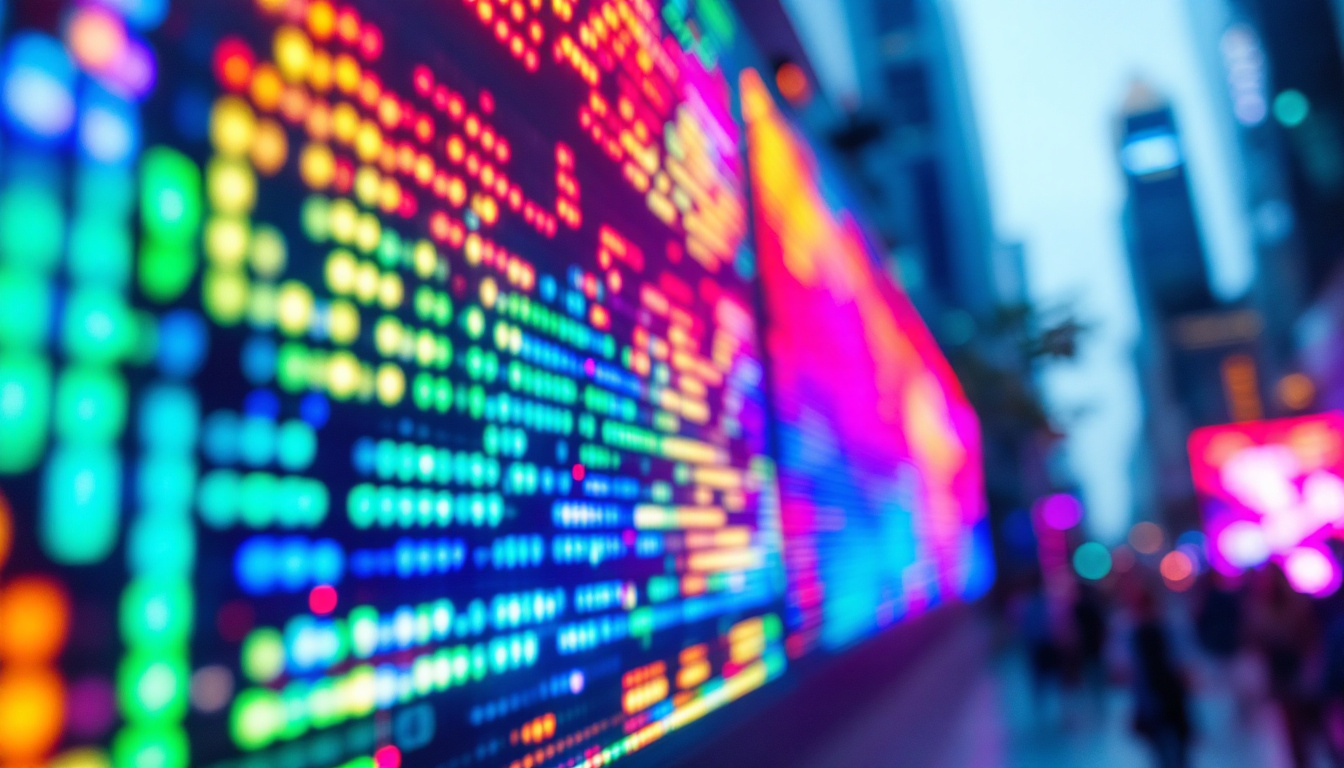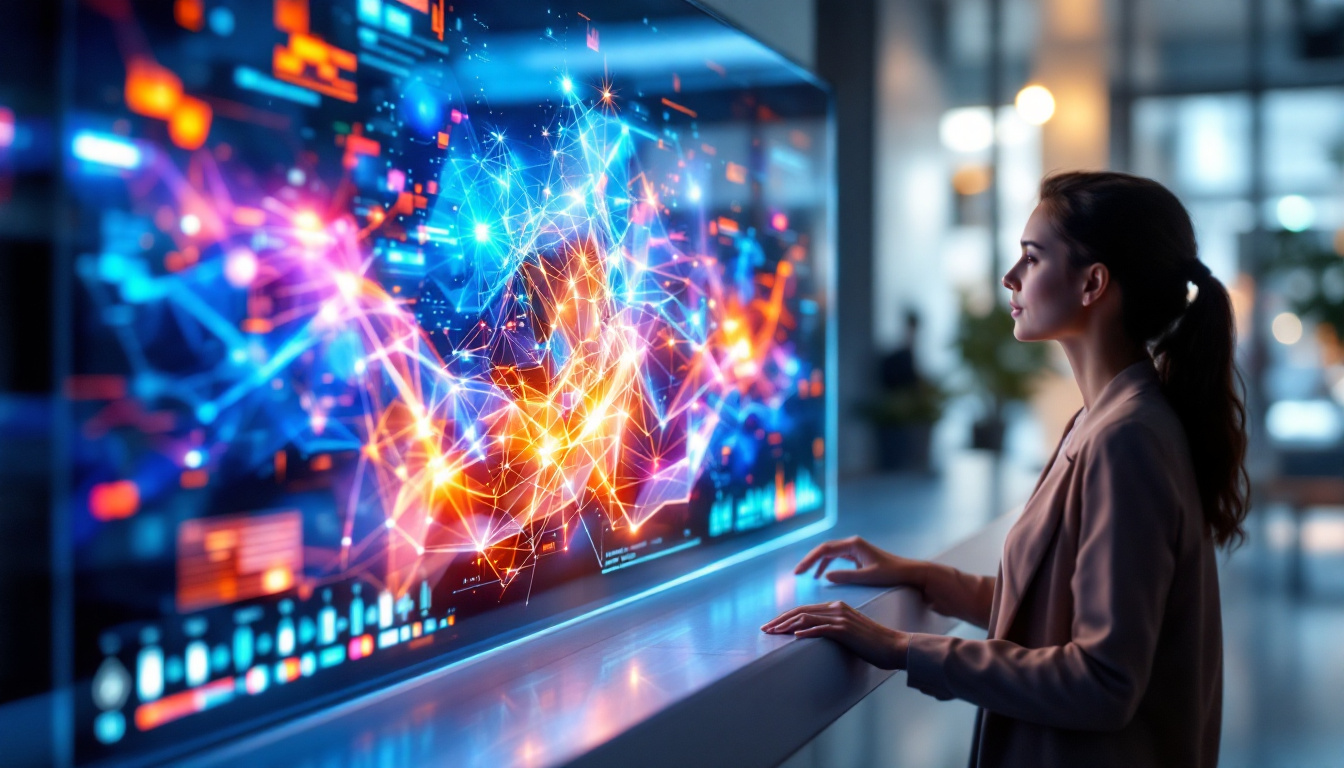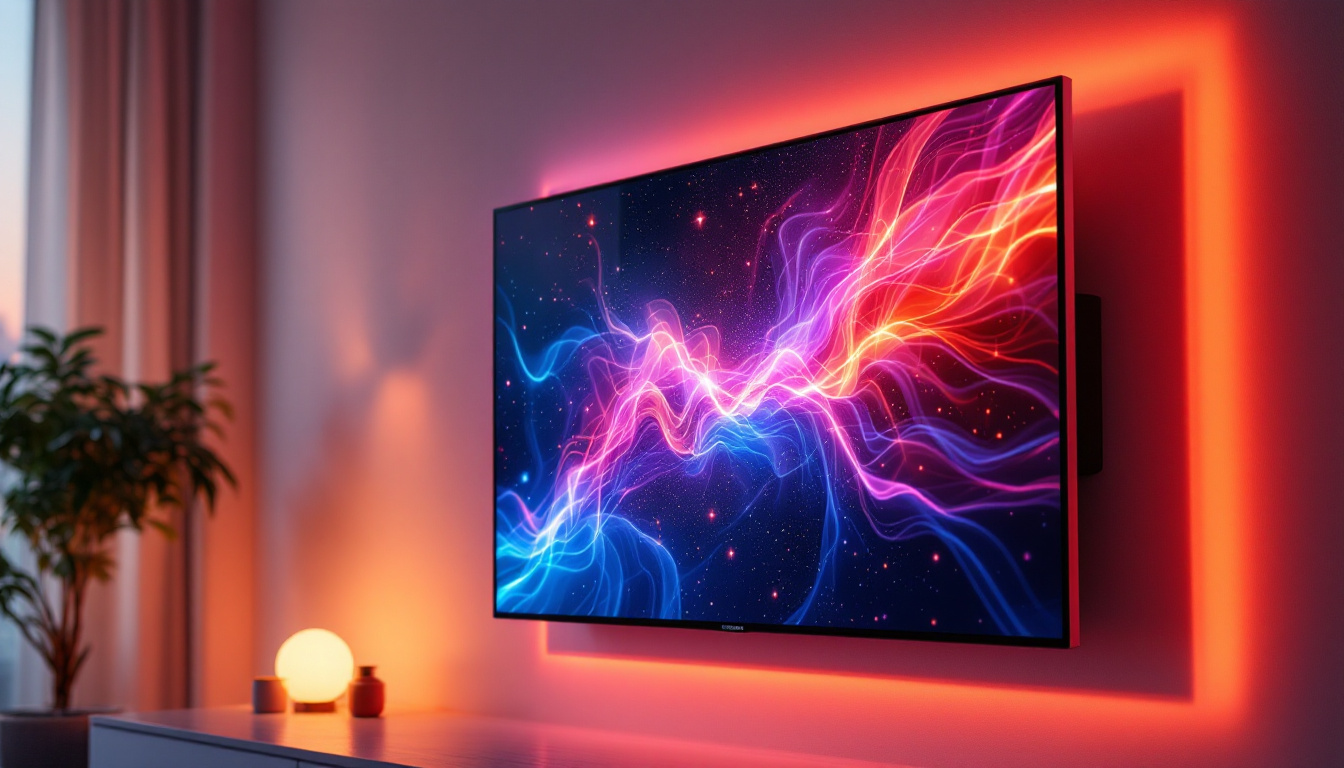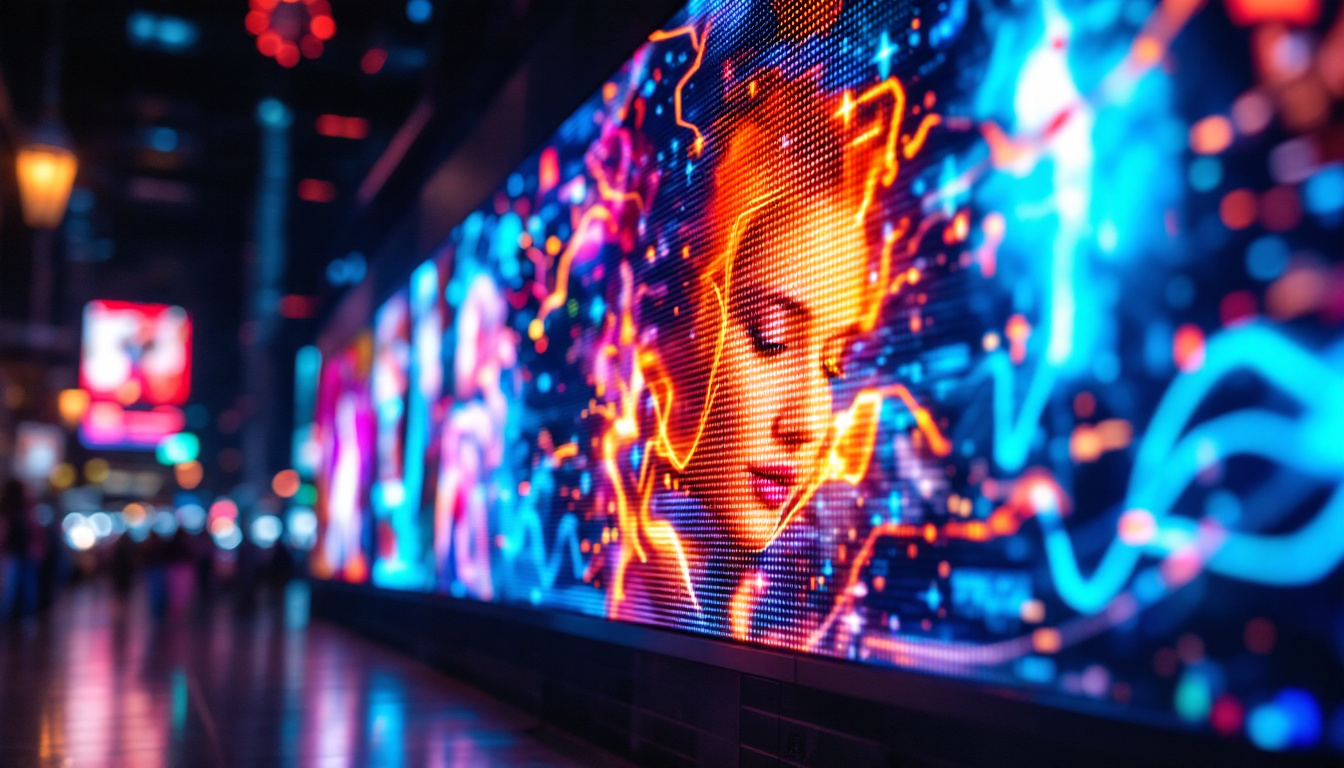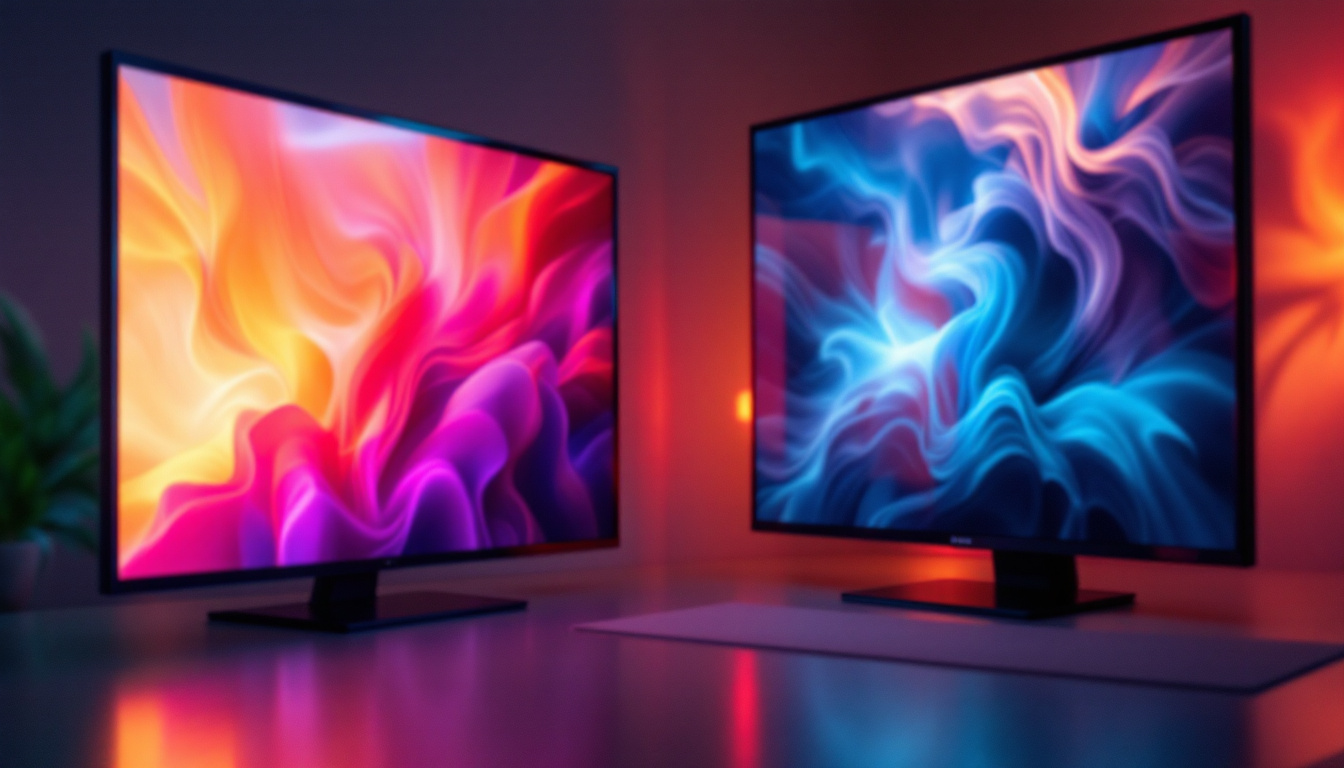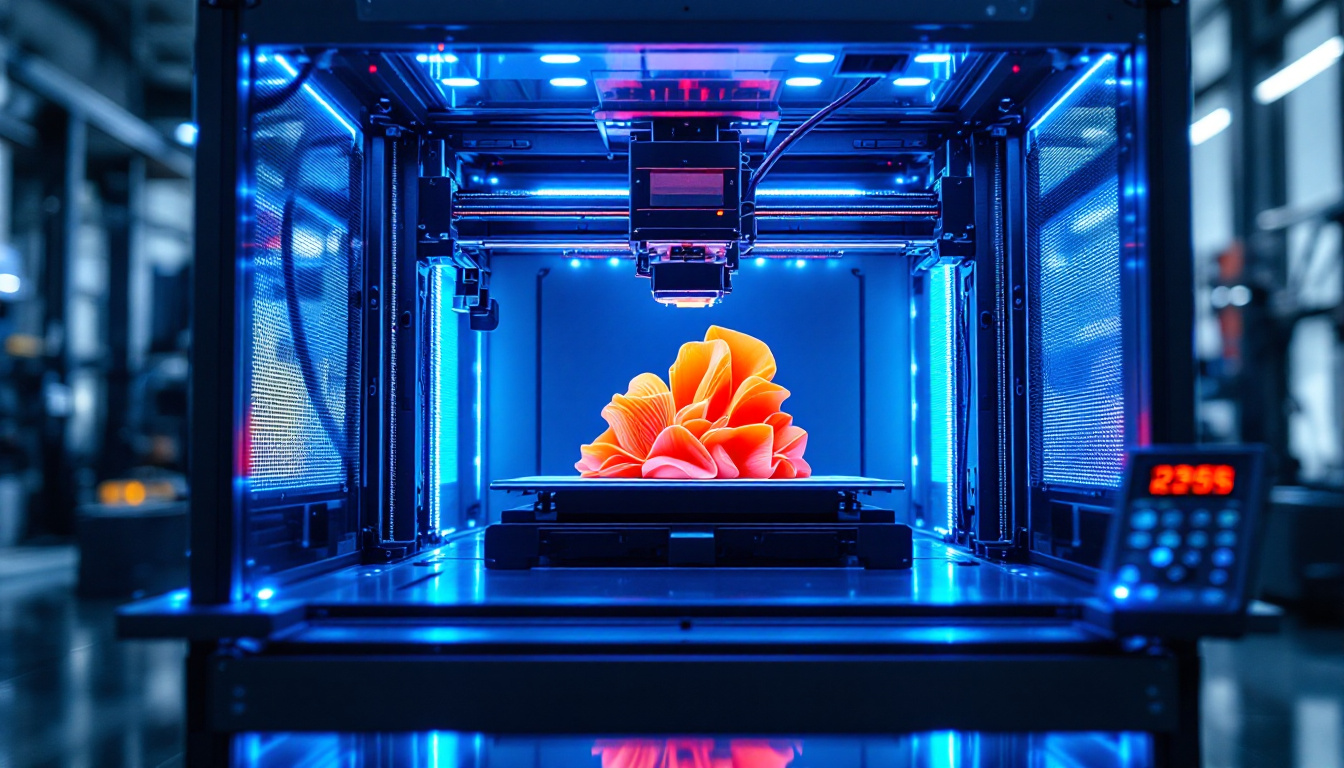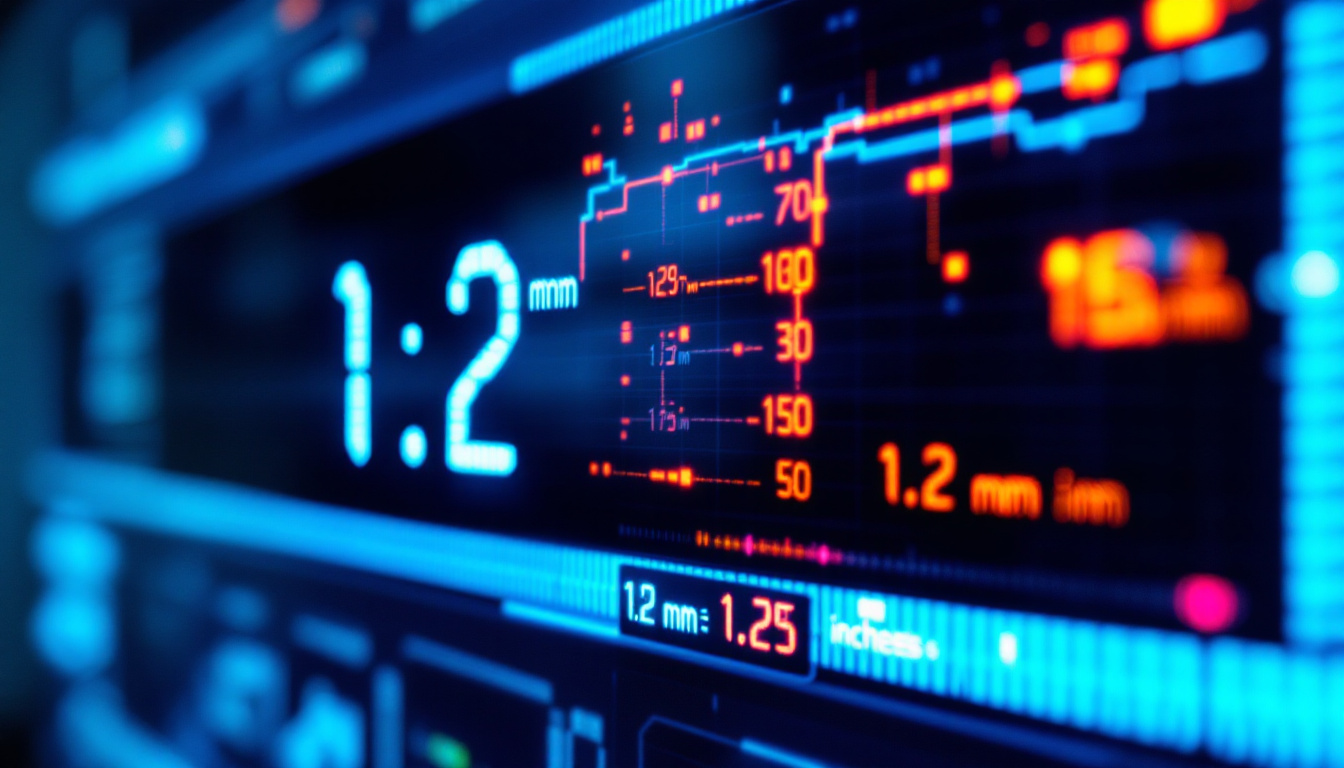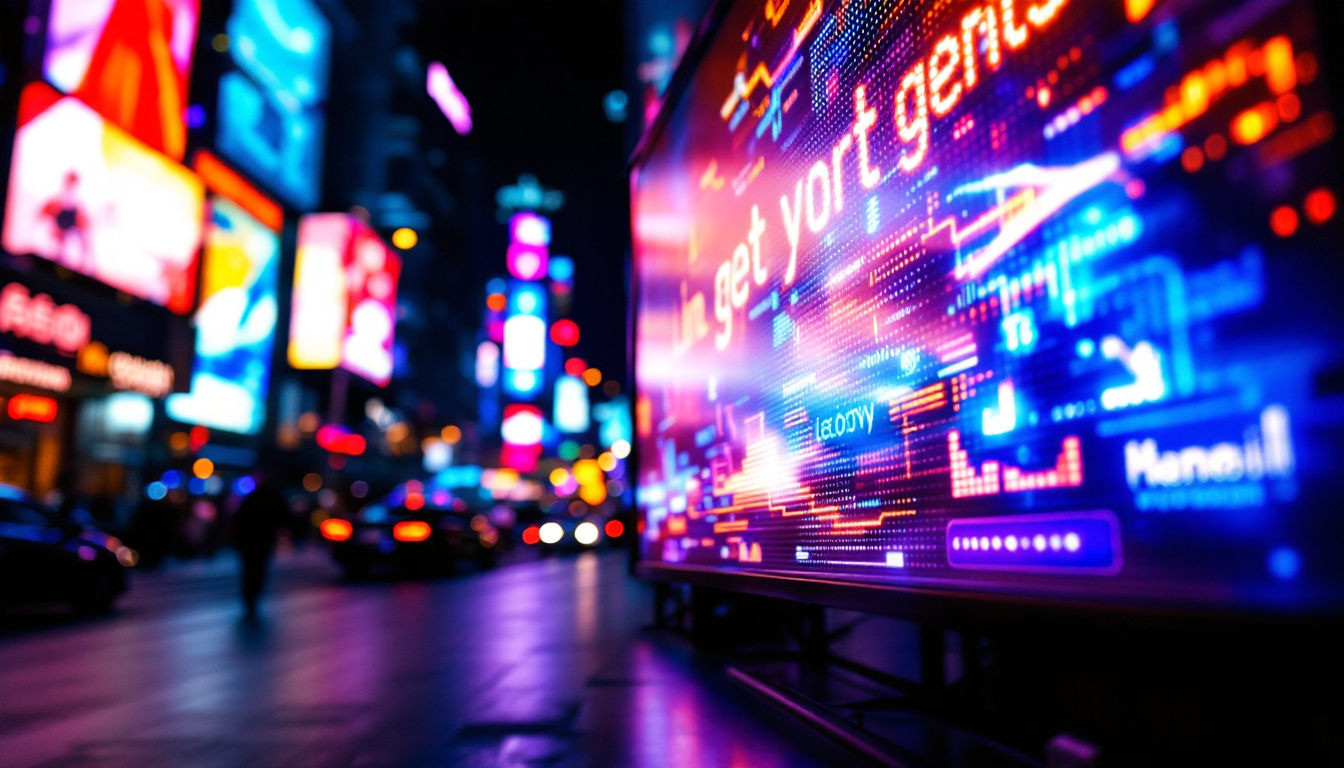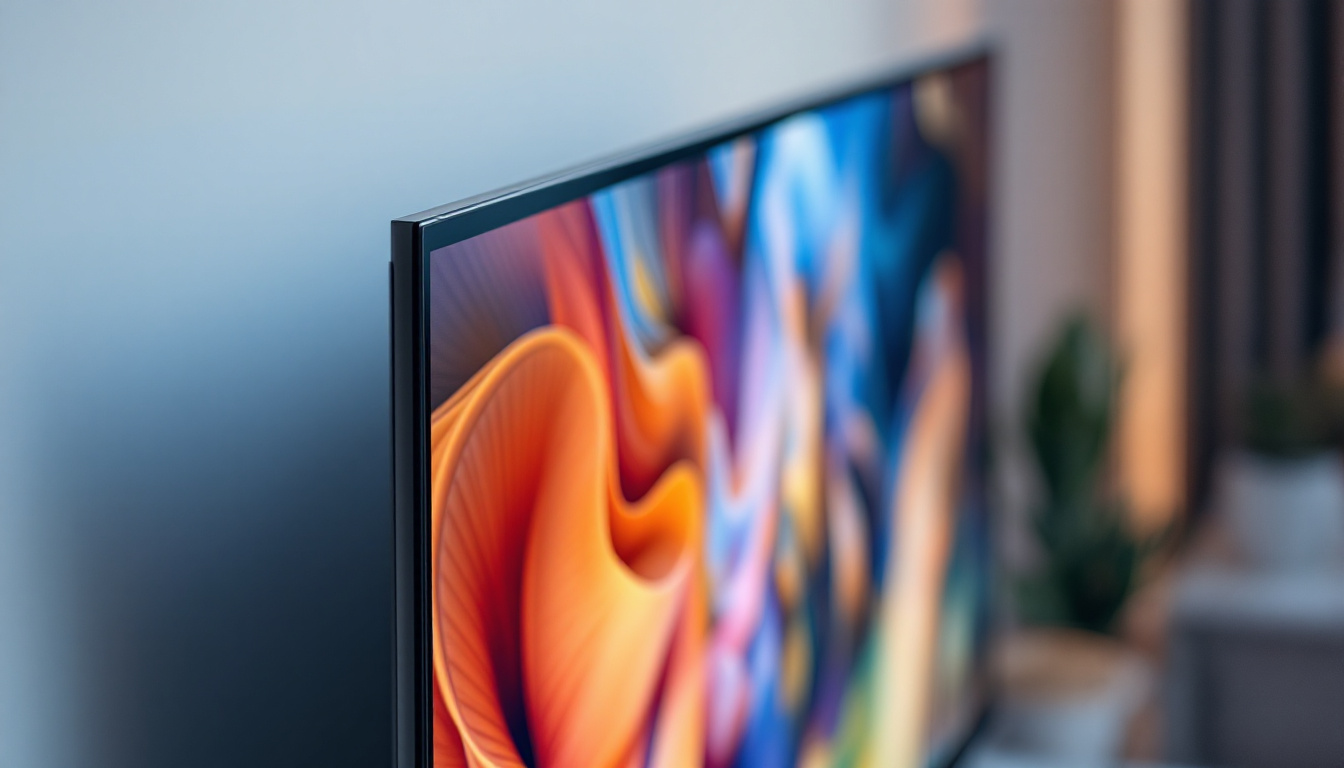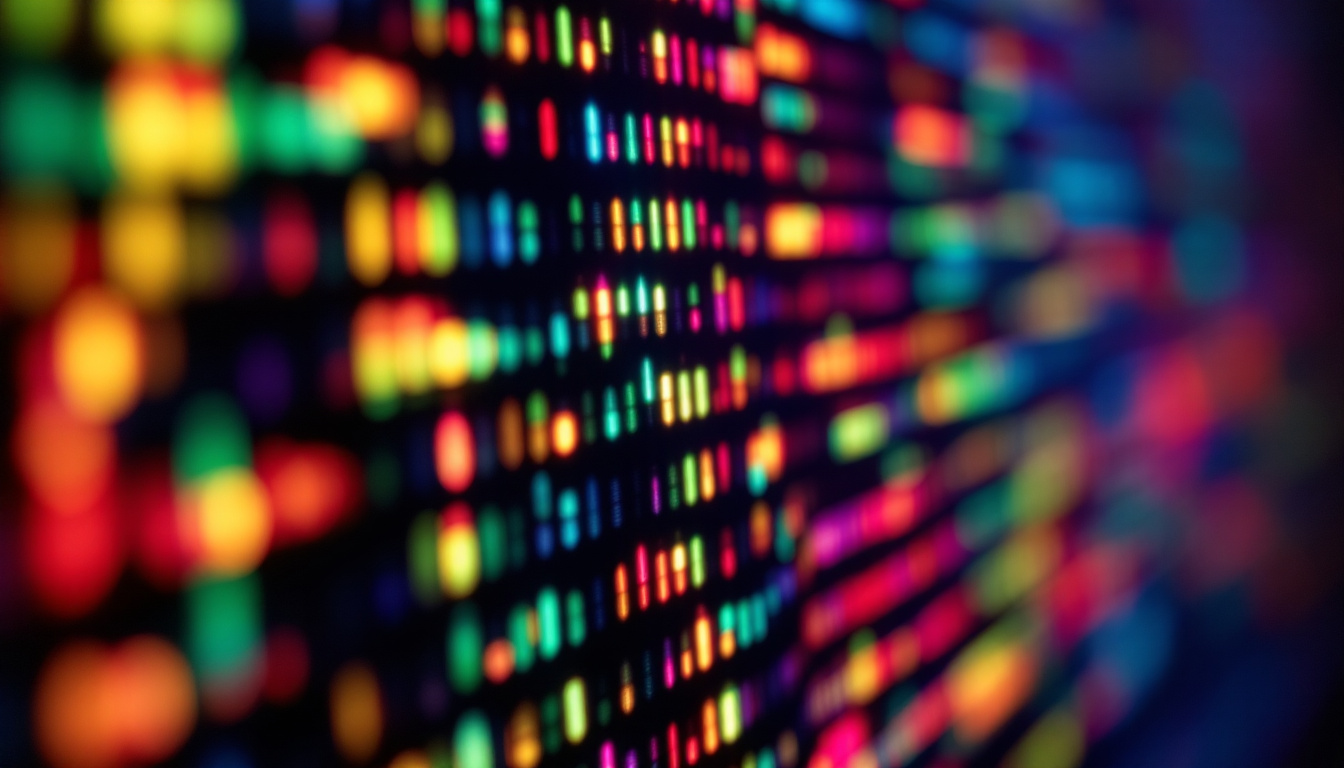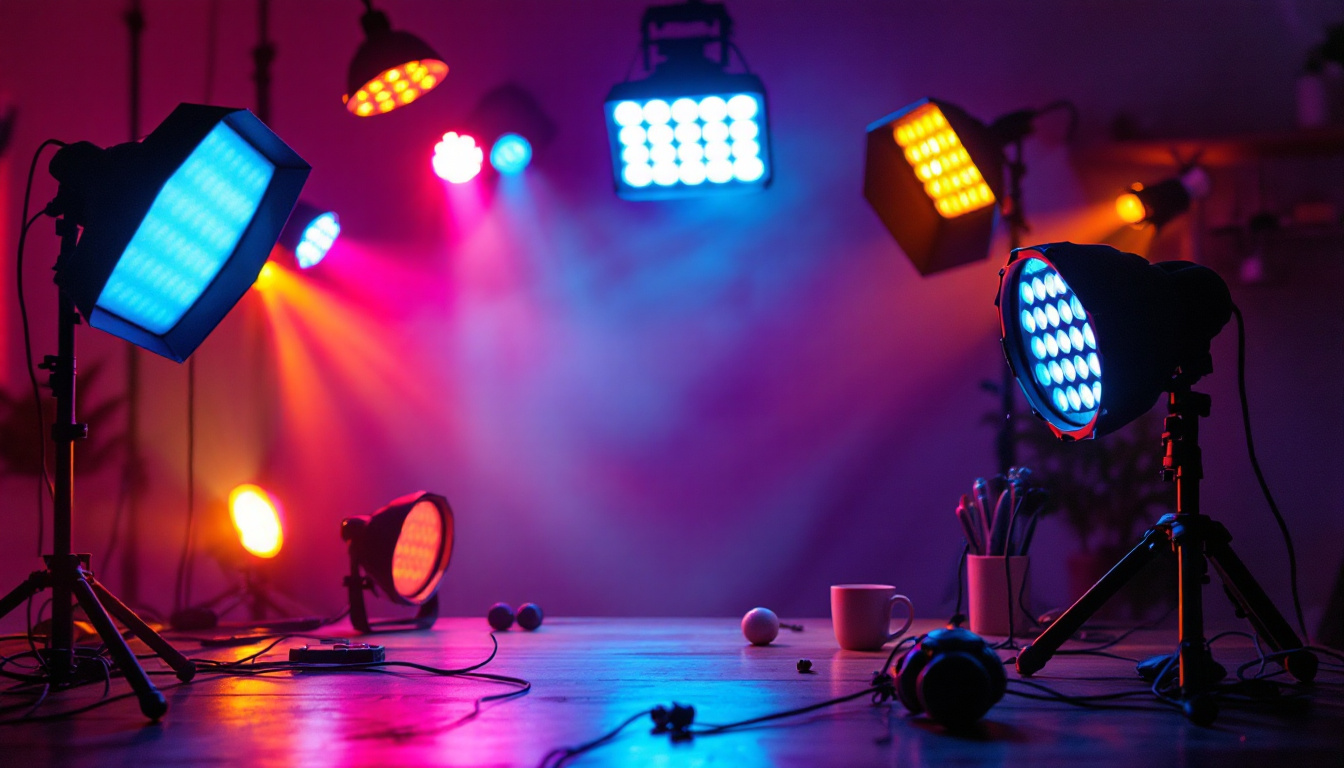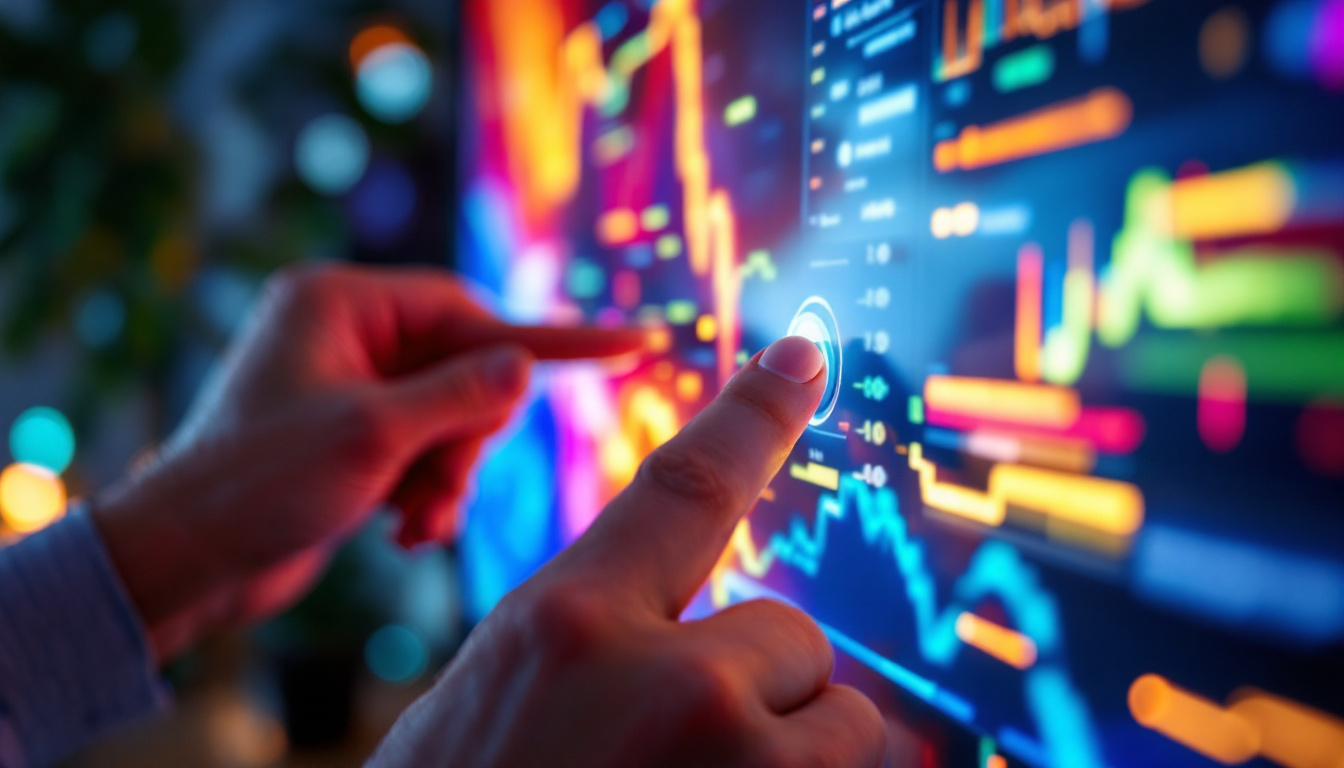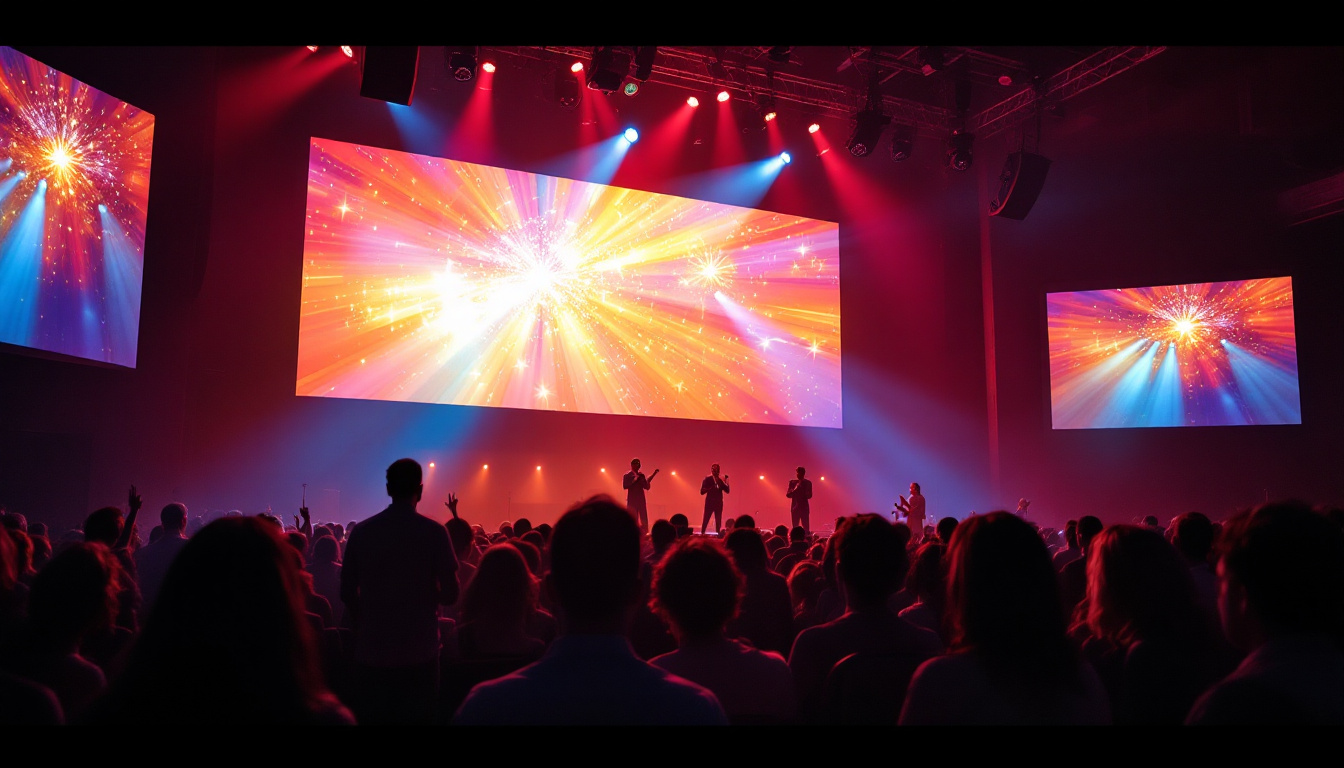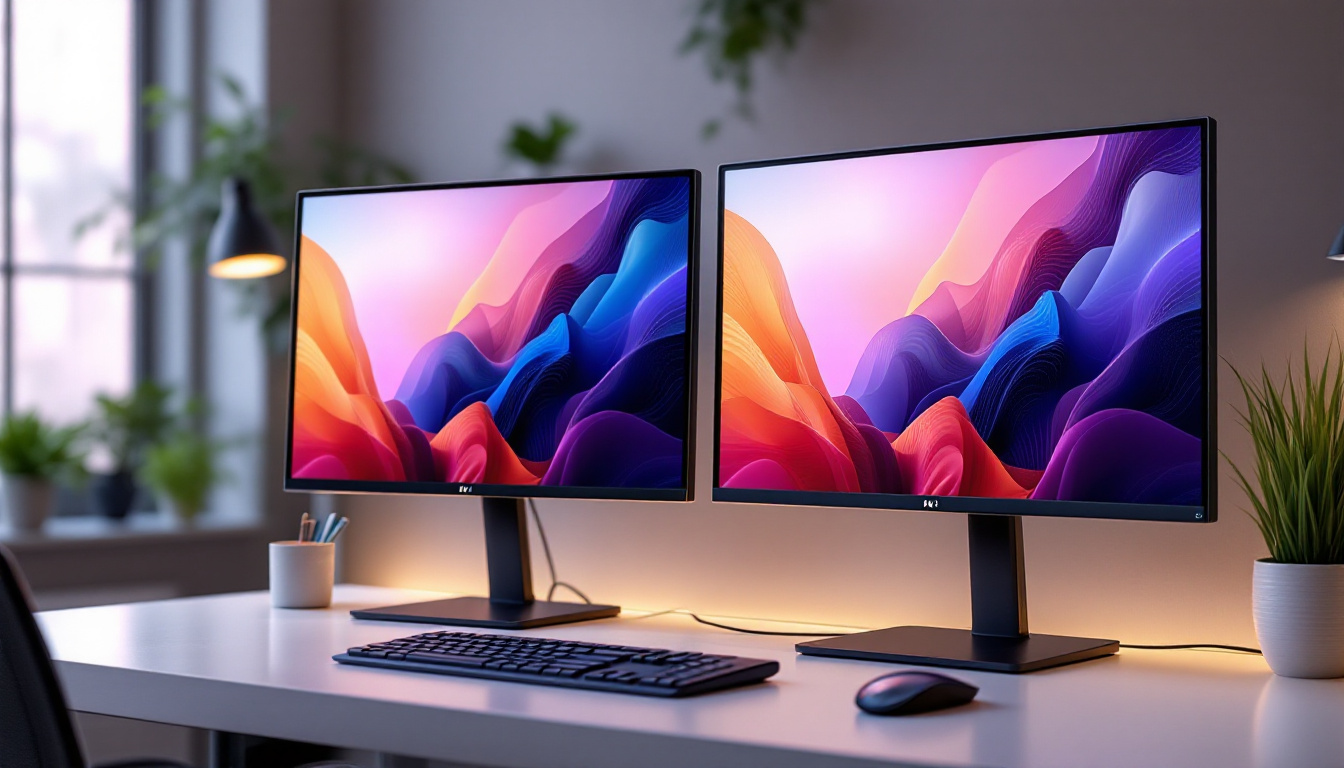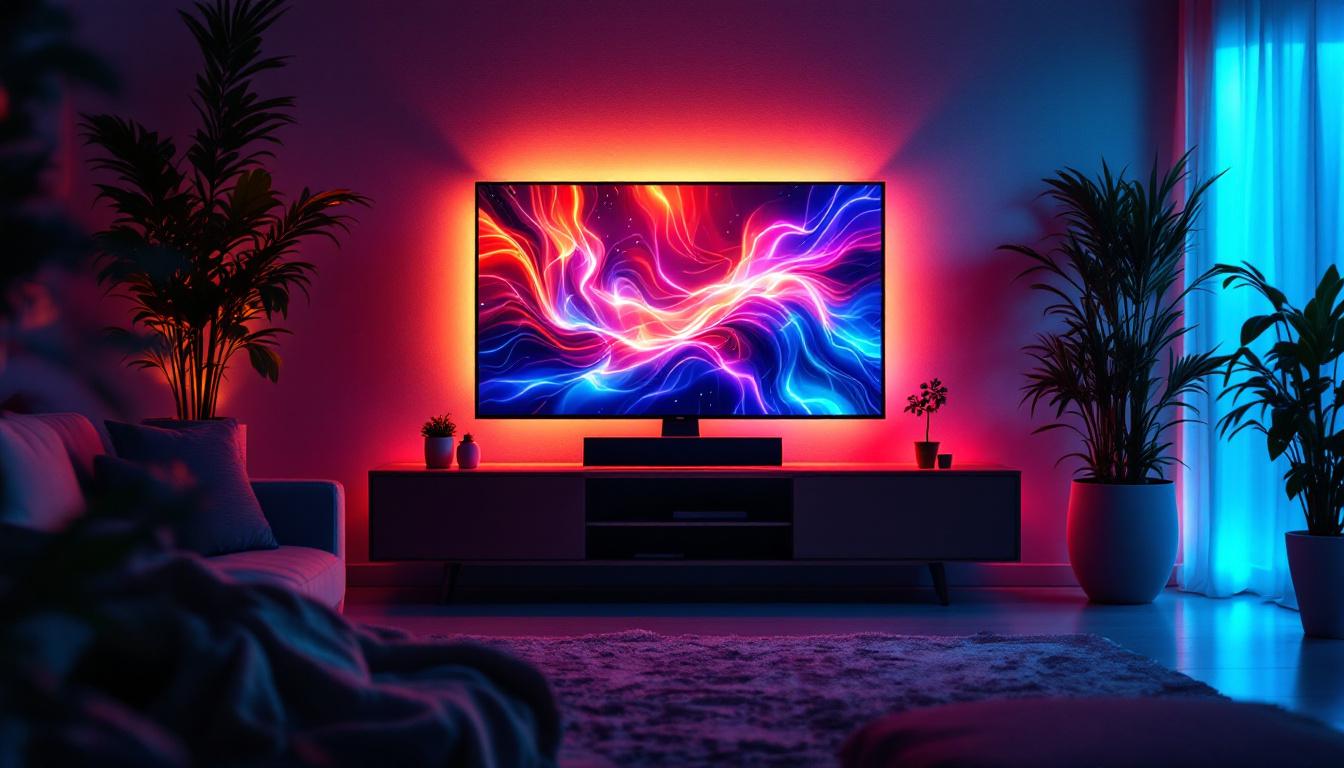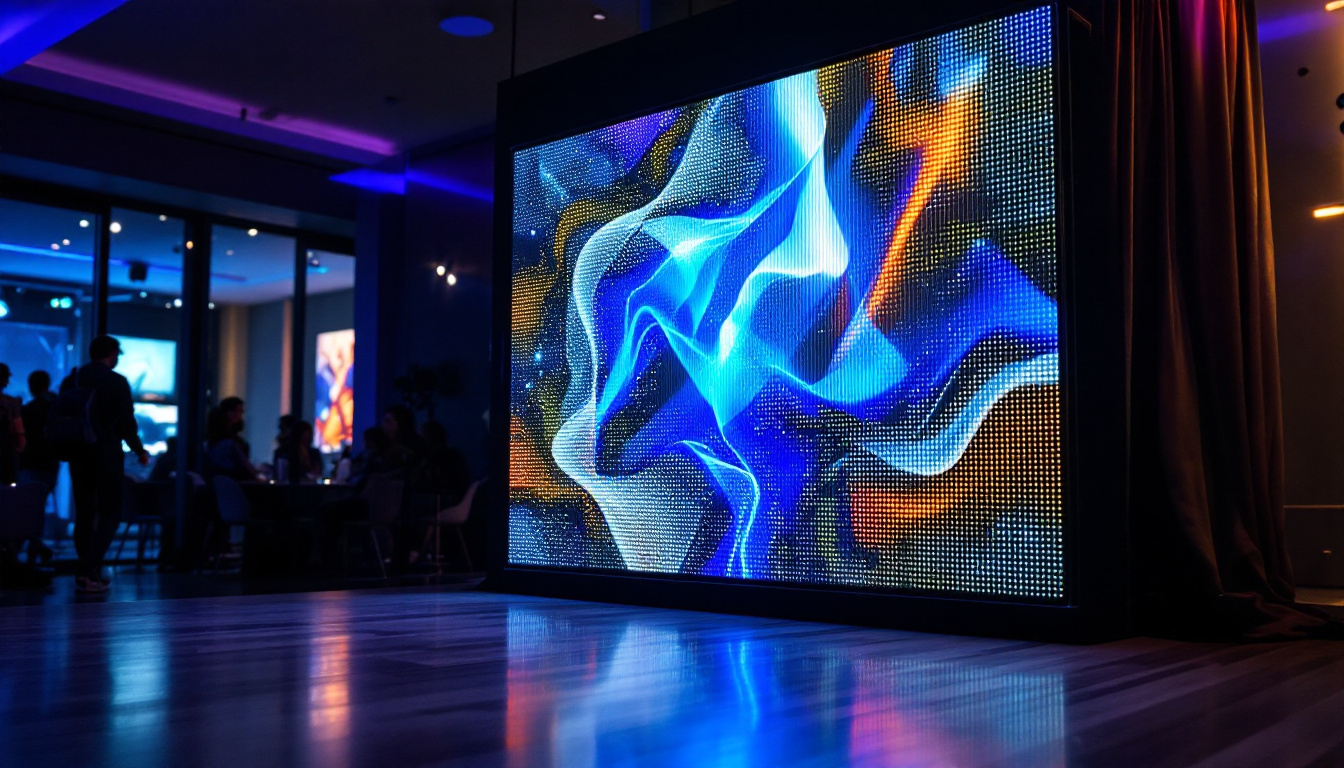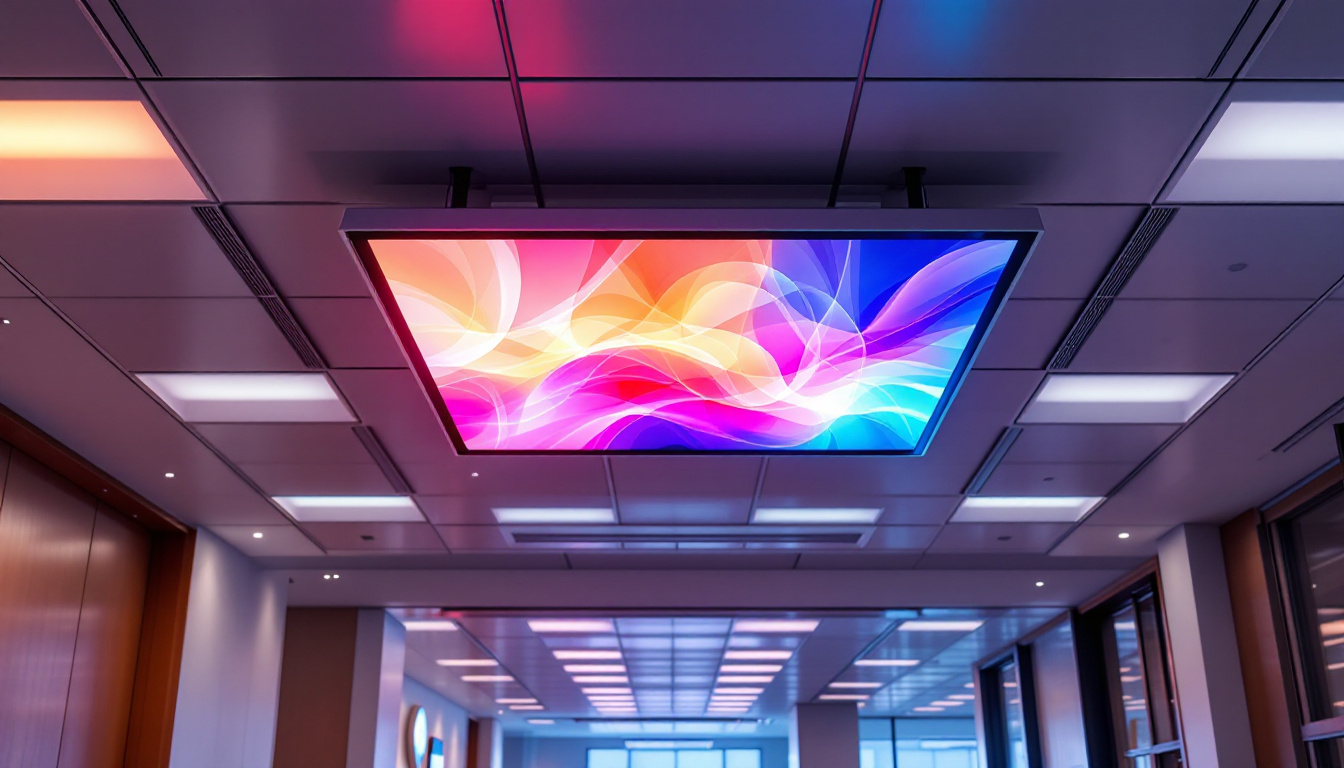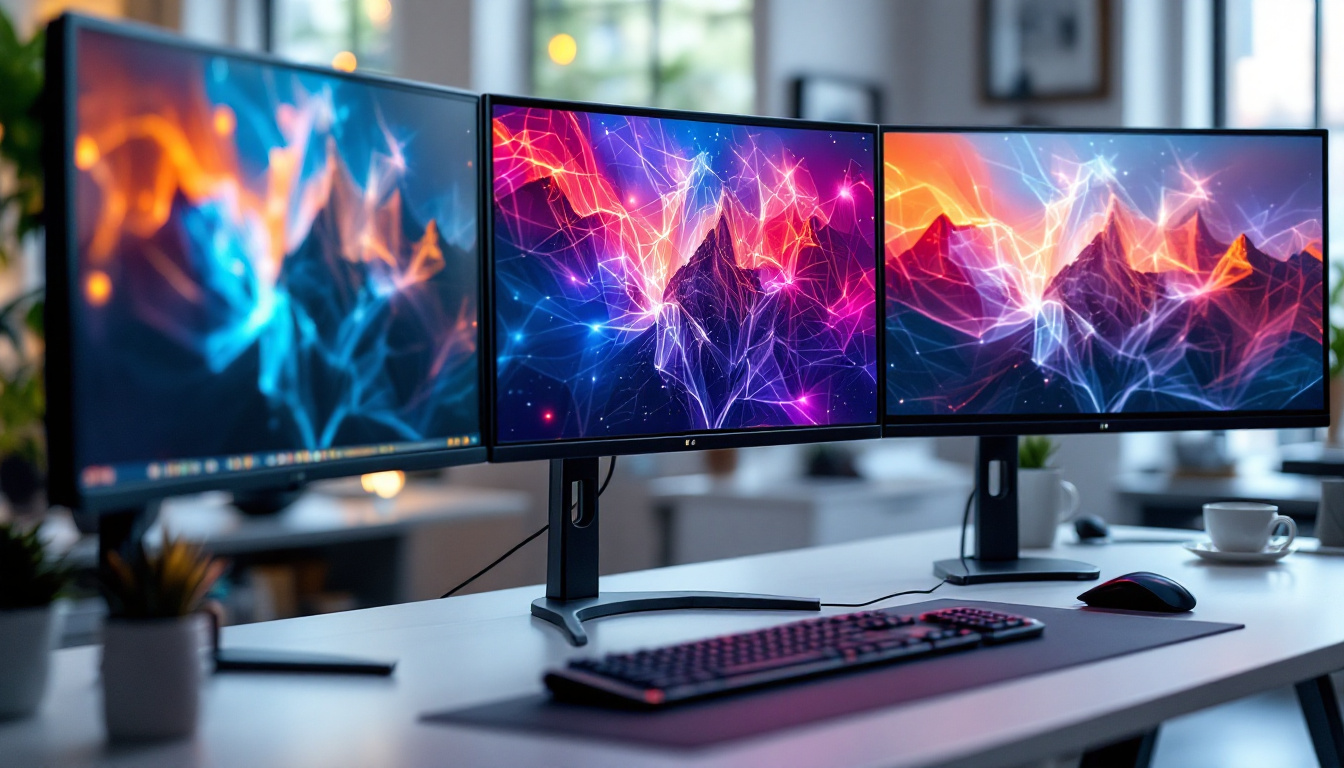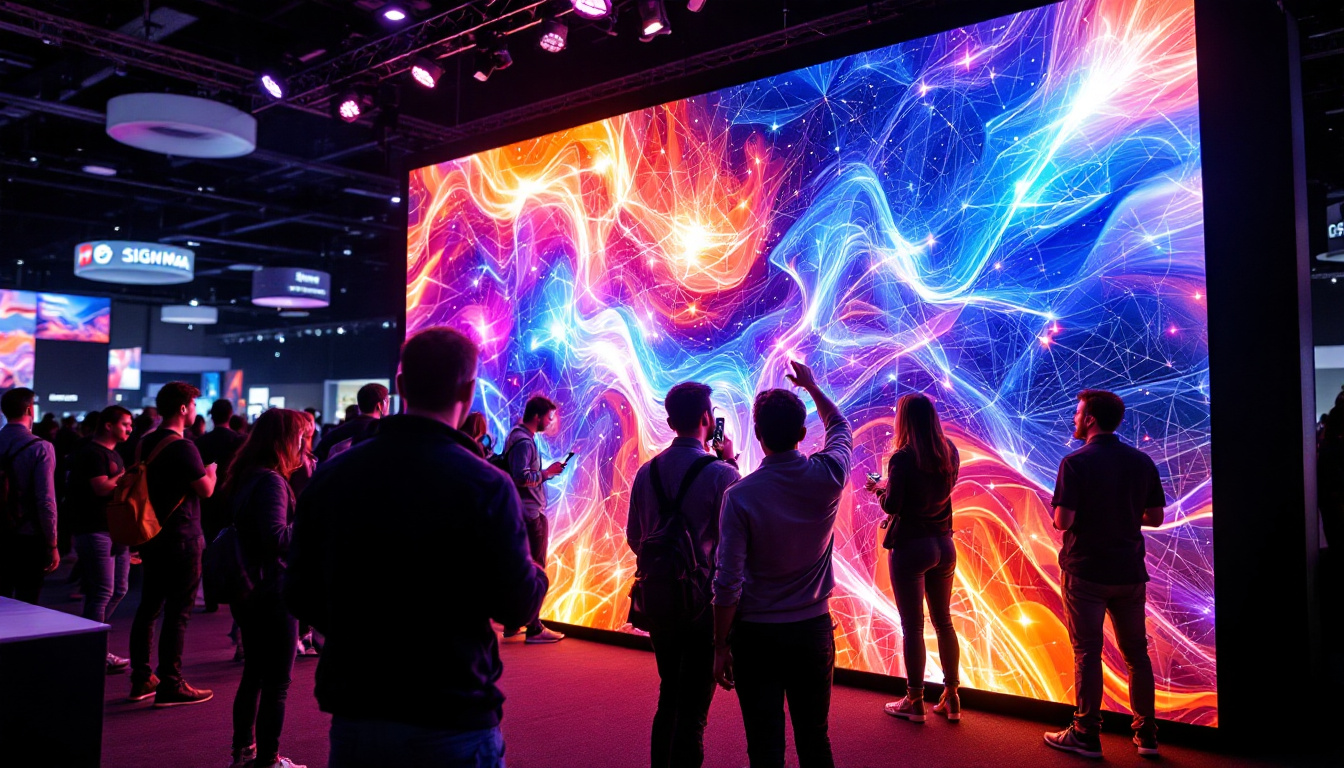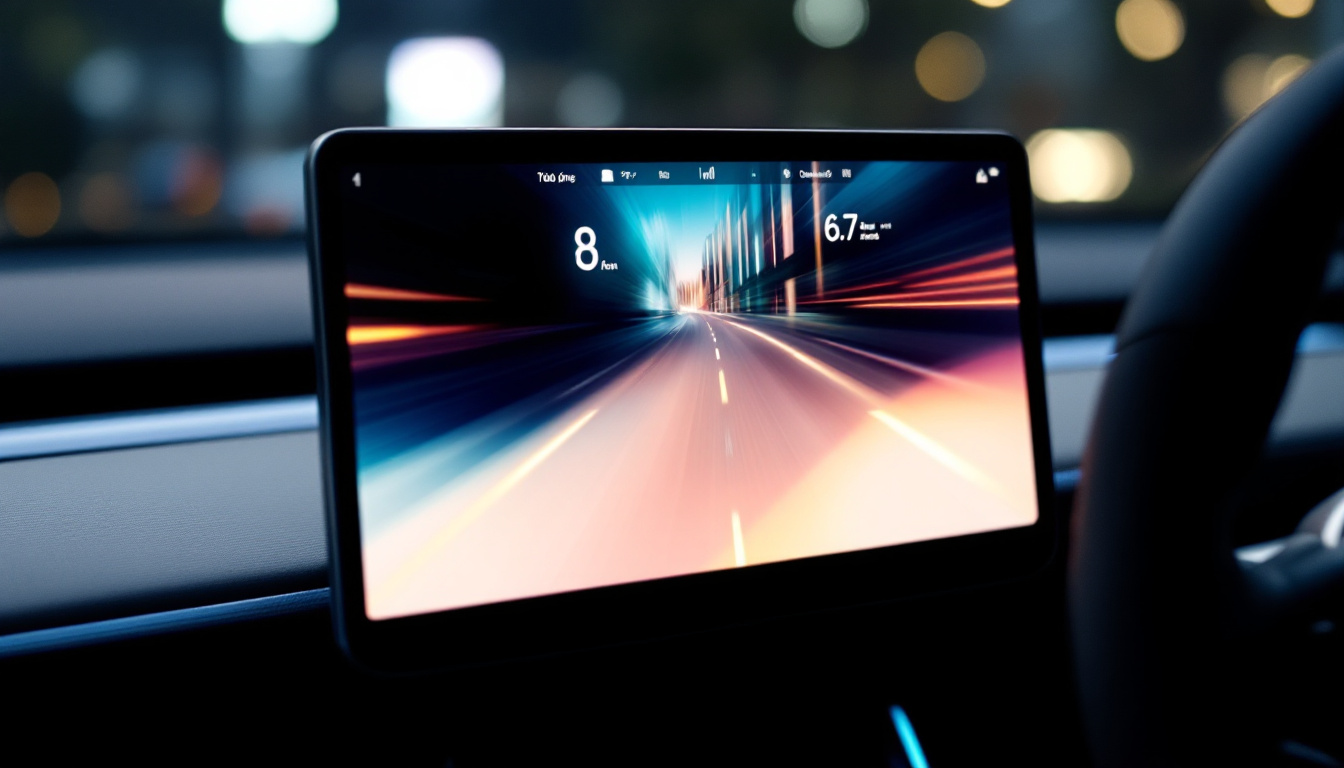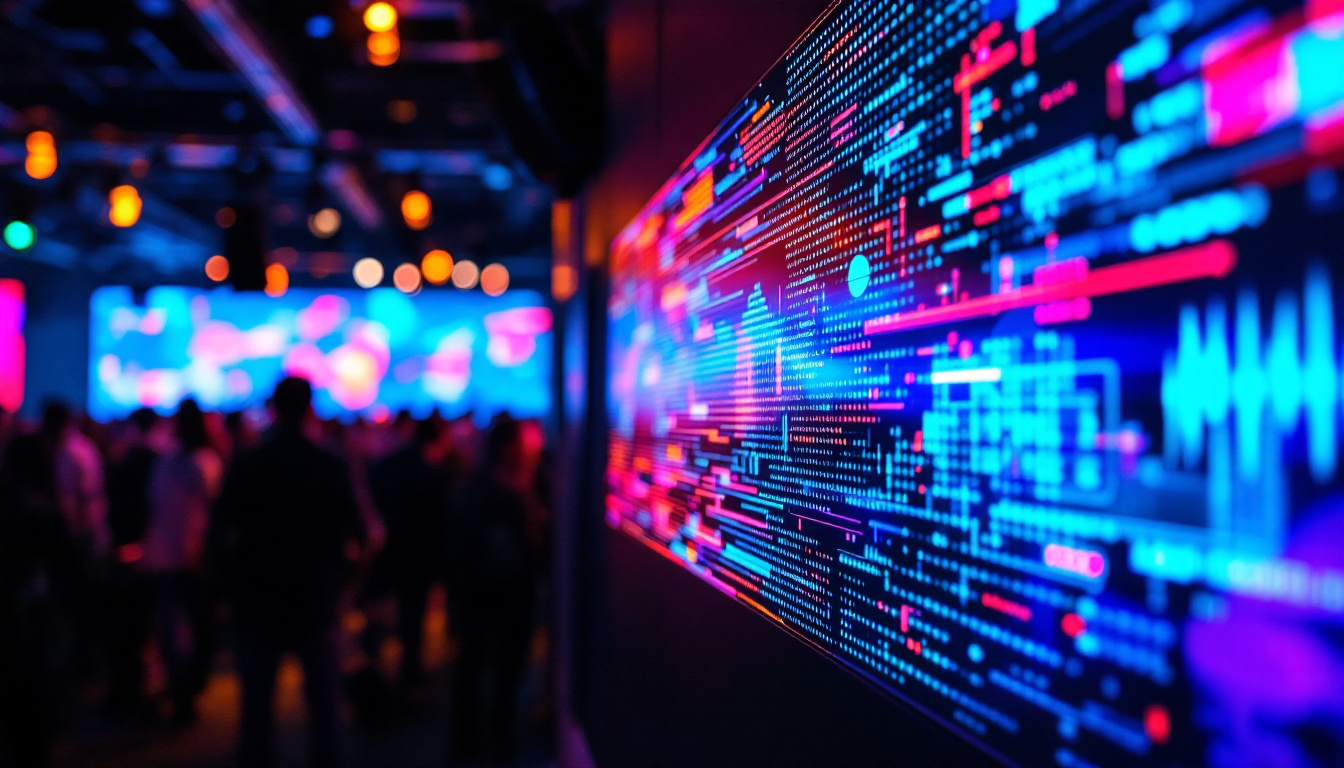In the world of modern technology, LED displays have become ubiquitous, transforming how we interact with visual content. From smartphones to large-scale billboards, the impact of LED technology is profound. This article delves into the intricacies of LED displays, exploring their functionality, applications, and the future of this dynamic technology.
Understanding LED Technology
LED, or Light Emitting Diode, is a semiconductor device that emits light when an electric current passes through it. This technology has evolved significantly since its inception, leading to a wide range of applications across various industries. The fundamental principle behind an LED is the electroluminescence of materials, which allows for efficient light production. Originally, LEDs were limited to emitting red light, but advancements in materials and technology have enabled the creation of LEDs that produce a full spectrum of colors, including blue and white light, which has revolutionized their use in everything from household lighting to large-scale displays.
How LEDs Work
The core of an LED is a chip made from a semiconductor material, typically gallium arsenide or gallium phosphide. When voltage is applied, electrons recombine with holes in the semiconductor, releasing energy in the form of photons, which we perceive as light. This process is highly efficient compared to traditional incandescent bulbs, which waste a significant amount of energy as heat. Furthermore, the design of LEDs allows for a variety of configurations, such as surface-mounted devices (SMDs) and chip-on-board (COB) technology, which enhance their versatility in applications ranging from automotive lighting to intricate decorative installations.
Advantages of LED Displays
LED displays offer numerous advantages over conventional display technologies. They are energy-efficient, have a longer lifespan, and provide brighter images with better color accuracy. Additionally, LEDs are more durable, making them suitable for both indoor and outdoor applications. Their ability to operate effectively in various environmental conditions further enhances their appeal. For instance, outdoor LED displays are designed to withstand harsh weather conditions, ensuring consistent performance regardless of rain, snow, or extreme temperatures. Moreover, the rapid response time of LEDs allows for high refresh rates, making them ideal for dynamic content such as video and animations, which are increasingly used in advertising and entertainment venues.
Another significant advantage of LED technology is its environmental impact. Unlike traditional lighting options, LEDs contain no harmful substances like mercury, making them a safer choice for both consumers and the environment. Additionally, their energy efficiency translates to lower electricity consumption, which not only reduces utility bills but also decreases carbon emissions associated with power generation. As more industries adopt LED technology, the cumulative effect on energy savings and sustainability becomes increasingly substantial, paving the way for a greener future.
Types of LED Displays
LED displays come in various forms, each designed to meet specific needs and applications. Understanding these types is crucial for selecting the right display for a particular use case.
Direct View LED Displays
Direct view LED displays are composed of individual LED modules that are arranged in a grid. These displays are often used for large outdoor screens, such as billboards and sports arenas. Their high brightness and visibility from a distance make them ideal for advertising and public announcements. Additionally, direct view LED displays can be configured in various shapes and sizes, allowing for creative installations that can capture attention in unique ways. The modular nature of these displays also means that they can be easily repaired or upgraded, making them a cost-effective choice for long-term use.
LED Backlit Displays
LED backlit displays utilize LEDs to illuminate an LCD panel. This combination enhances the brightness and contrast of the images displayed. Commonly found in televisions and computer monitors, backlit displays provide a thinner profile compared to traditional LCDs that use fluorescent backlighting. The use of LED technology allows for local dimming, which improves the display’s ability to show deep blacks and vibrant colors, enhancing the overall viewing experience. Furthermore, LED backlit displays are more energy-efficient, contributing to lower electricity costs and a reduced environmental footprint, making them a popular choice for both consumers and businesses alike.
Organic LED (OLED) Displays
Organic LED displays represent a significant advancement in LED technology. Unlike traditional LEDs, OLEDs use organic compounds that emit light when an electric current is applied. This allows for thinner screens, greater flexibility, and superior color reproduction. OLED technology is increasingly popular in high-end televisions and smartphone screens. One of the standout features of OLED displays is their ability to achieve true blacks, as each pixel can be turned off completely, resulting in an infinite contrast ratio. This capability not only enhances the visual quality but also allows for innovative designs, such as curved or foldable screens. As manufacturers continue to refine OLED technology, we can expect to see even more applications in various industries, from automotive displays to wearable technology, further pushing the boundaries of visual experiences.
Applications of LED Displays
The versatility of LED displays has led to their adoption across numerous sectors. From entertainment to transportation, the applications are vast and varied.
Advertising and Marketing
One of the most prominent uses of LED displays is in advertising. Digital billboards and signage have revolutionized how businesses communicate with consumers. The ability to change content dynamically allows for targeted marketing and real-time updates, making LED displays an effective tool for engaging audiences. Moreover, the eye-catching brightness and color range of LED technology can draw in potential customers from a distance, making them a preferred choice for high-traffic areas. Brands can also utilize advanced features such as motion graphics and interactive elements, which further enhance consumer engagement and retention of information.
Entertainment Venues
In the entertainment industry, LED displays are essential for concerts, theaters, and sporting events. They provide vibrant visuals that enhance the audience’s experience. Large-scale LED screens are often used to display live feeds, graphics, and animations, contributing to the overall atmosphere of the event. Additionally, these displays can be synchronized with sound systems to create immersive environments, allowing audiences to feel more connected to the performance. The flexibility of LED technology also enables event organizers to customize displays for different themes or moods, making each event unique and memorable.
Transportation and Navigation
LED displays play a crucial role in transportation systems. They are commonly used in traffic lights, electronic road signs, and public transit information boards. Their high visibility ensures that critical information is conveyed effectively to drivers and passengers, improving safety and efficiency in urban environments. Furthermore, the integration of LED technology with smart city initiatives is paving the way for more responsive and adaptive transportation systems. For instance, LED displays can provide real-time updates on traffic conditions, delays, and route changes, allowing commuters to make informed decisions on their travel plans. This not only enhances the user experience but also contributes to better traffic management and reduced congestion in busy metropolitan areas.
Challenges in LED Display Technology
Despite their many advantages, LED displays are not without challenges. Understanding these issues is important for manufacturers and consumers alike.
Heat Management
One of the significant challenges in LED technology is heat management. High-performance LED displays generate considerable heat, which can affect their lifespan and performance. Effective cooling solutions, such as heat sinks and active cooling systems, are essential to mitigate this issue and ensure optimal operation. Additionally, the placement of LEDs in tightly packed configurations can exacerbate heat build-up, making it crucial for designers to consider thermal dynamics during the development phase. Innovations in materials science, such as the use of thermal interface materials (TIMs), are also being explored to enhance heat dissipation and prolong the operational life of these displays.
Color Calibration
Color accuracy is another challenge faced by LED displays. Variations in manufacturing and environmental factors can lead to discrepancies in color reproduction. Regular calibration and the use of advanced technologies can help maintain consistent color quality across different displays. Furthermore, the human eye perceives colors differently under various lighting conditions, which adds another layer of complexity to achieving uniformity. To address this, manufacturers are increasingly adopting sophisticated algorithms and machine learning techniques that can dynamically adjust color settings based on ambient light conditions, ensuring that viewers experience the intended visual impact regardless of their surroundings. This not only enhances the viewing experience but also opens up new possibilities for applications in art installations and advertising, where color fidelity is paramount.
The Future of LED Displays
The future of LED display technology is promising, with ongoing research and development paving the way for innovative advancements. As technology continues to evolve, several trends are emerging.
MicroLED Technology
MicroLED technology is one of the most exciting developments in the LED display sector. MicroLEDs are tiny individual LEDs that can be used to create high-resolution displays without the need for a backlight. This technology promises improved efficiency, better color accuracy, and the potential for flexible and transparent displays.
Integration with Smart Technology
As smart technology becomes increasingly prevalent, the integration of LED displays with IoT devices is expected to grow. Smart LED displays can provide real-time data, personalized content, and enhanced interactivity, creating a more engaging user experience.
Environmental Considerations
With growing concerns about sustainability, the LED industry is focusing on eco-friendly practices. This includes the development of recyclable materials, energy-efficient manufacturing processes, and initiatives to reduce electronic waste. The move towards greener technologies will likely shape the future of LED displays.
Conclusion
LED displays have transformed the way visual content is presented and consumed. Their advantages in energy efficiency, durability, and versatility make them a preferred choice across various industries. As technology continues to advance, the potential for LED displays is limitless, paving the way for innovative applications and enhanced user experiences.
Understanding the intricacies of LED technology, its applications, and the challenges it faces is crucial for anyone looking to leverage this powerful tool. As we move forward, staying informed about the latest developments will ensure that businesses and consumers alike can make the most of what LED displays have to offer.
Discover LumenMatrix LED Display Solutions
Ready to elevate your visual experience with the latest in LED technology? LumenMatrix is at the forefront of innovation, offering a diverse range of LED display solutions tailored to your needs. From captivating Indoor LED Wall Displays to dynamic Outdoor LED Wall Displays, and from versatile Vehicle LED Displays to engaging LED Sports Displays, our products are designed to make your brand shine. Embrace the future of visual communication with our Custom LED Displays, All-in-One LED Displays, and LED Transparent Displays. Check out LumenMatrix LED Display Solutions today and transform how you connect with your audience.

